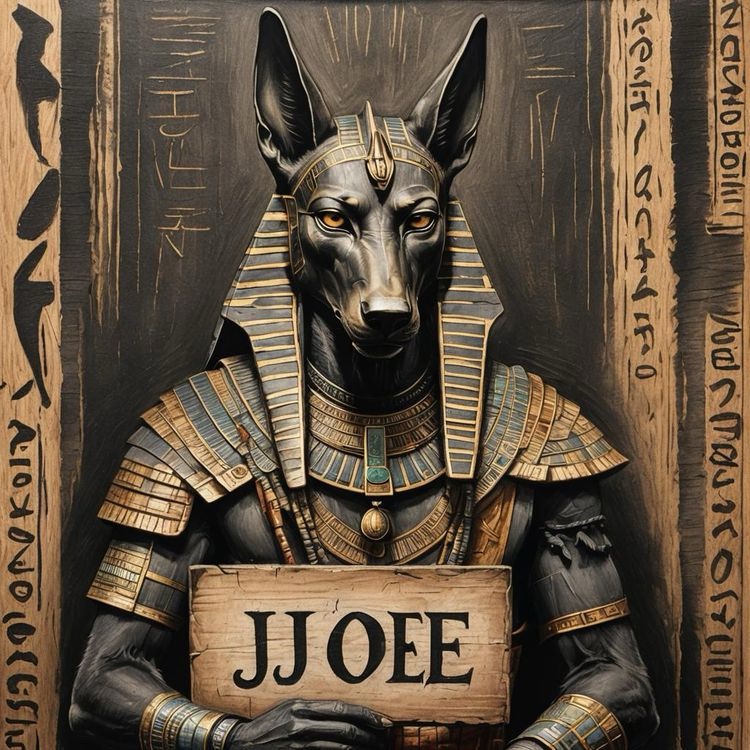There once was a man, let’s call him Joe,
Who let others lead him wherever they’d go.
He’d nod and he’d follow, though deep down he knew,
That the life he was living was not really true.
With a leash ‘round his neck, like a dog in a park,
He followed their wishes from morning till dark.
His choices weren’t his, they were borrowed and bent,
From the weight of the dogma and rules others sent.
“Oh, you must do this!” and “You can’t do that!”
He was tied to opinions, like a cat to a mat.
He wanted to please, so he gave up his crown,
Till he noticed one day he was feeling run down.
But deep inside Joe, a voice softly spoke,
“You’re more than these chains, it’s time you awoke!
Your choices are yours, no leash should you bear,
Stand tall in your truth, with respect and self-care.”
So Joe, bit by bit, began to take heed,
And loosened that leash that he didn’t quite need.
With awareness in hand, and respect in his chest,
He found that his freedom was truly the best.
No longer a puppet to others’ demands,
He walked his own path with his heart in his hands.
And though he still cared, he had learned how to see,
That true love begins when you set yourself free.
